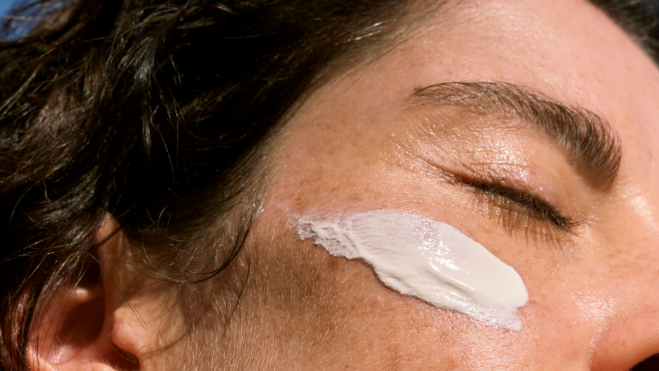According to Infosalus, from Europa Press, a recent report confirms that ultraviolet (UV) radiation is the main cause of premature skin aging and various dermatological diseases.
What types of UV exist and how do they impact?
-
The radiation that reaches the Earth is mainly composed of UVA (95%) and a smaller proportion of UVB (5%). UVC is practically blocked by the ozone layer.
-
UVA, although less energetic, penetrates deeply into the dermis, degrading collagen and elastin, which generates wrinkles, sagging and loss of elasticity.
-
UVB acts on the superficial layers of the epidermis, is responsible for sunburn and causes direct damage to DNA that can lead to mutations and skin cancer.
Main effects on the skin
-
Photoaging (or dermatoheliosis) is the result of chronic UV exposure: deep wrinkles, sunspots (lentigines), leathery skin, actinic elastosis and telangiectasias appear.
-
In the long term, cutaneous immunosuppression, decreased cellular repair capacity and the appearance of precancerous lesions such as actinic keratosis are also observed, in addition to an increased risk of carcinomas and melanomas.
-
According to the EPA, up to 90% of visible skin aging is due to the sun and is potentially preventable with adequate protection.
Why is sun protection so important?
-
The daily application of broad spectrum sunscreen (UVA + UVB), ideally with SPF 50, can significantly reduce the visible signs of aging and help prevent skin cancer.
-
Even on cloudy days or during the winter, UVA rays pass through clouds and glass, so it is always advisable to use sunscreen with SPF between 30 and 50, depending on the phototype.
-
The phototype influences individual sensitivity: fair skin is more vulnerable, but no skin type is completely protected without adequate use of sun protection
